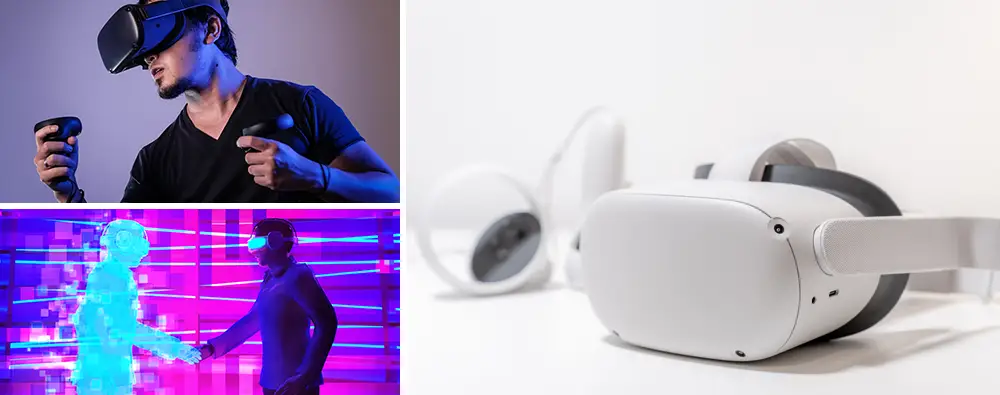WHAT DOES THE METAVERSE MEAN FOR RETAIL?
It may be the talk of the town right now, but many people are still confused about, and in some cases extremely wary of, the metaverse. So what exactly is this mysterious concept and what does it mean for the future of retail as we know it today? Could this be the most immersive Customer Experience yet? Or is it simply a video game fad?
What is the metaverse?
In short, the metaverse is a network of 3D virtual worlds. The technologies that make up this network can include VR (virtual reality) – consisting of virtual worlds that continue to exist even when you’re not playing as well as augmented reality which combines aspects of the digital and the physical world. It boasts shops and real estate, and its ‘inhabitants’ select an avatar to represent themselves as they go about their metaverse business.
Fortnite is perhaps the most well-known example of the metaverse within gaming. Launched in 2017, the online video game quickly became a cultural phenomenon with 400 million global users, as gamers sought out an online yet realistic space in which to play and compete. Players have been going to concerts (Travis Scott virtually performed through the platform in 2020) and buying branded merchandise in-game for some time now.
What does this mean for retail?
Considering that you can already shop til you drop, skateboard at branded playgrounds and test drive cars at an expanding list of big name ‘metaverse stores’ including Vans, Gucci, Nike, Hyundai and Burberry, it’s clear that brands are taking the trend seriously. Within video-gaming platforms such as Roblox, which counts more than 40 million users worldwide, you can spend real money on virtual goods for your avatar, fueled by the likes of bitcoin, blockchain and non-fungible tokens (NFTs). A unique Roblox Gucci handbag was recently resold for more than $4,000 – it’s serious stuff.
Brands across all industries are also experimenting with using virtual spaces to showcase their products. In November 2021, Dyson launched a virtual showroom available as an app through Meta’s Oculus store that featured consumer products such as its hair styling tools. Meanwhile, Samsung launched an immersive experience on the Decentraland platform that essentially re-created the brand’s high-tech flagship store in New York City.
Where the retail metaverse gets interesting is how it will interact, influence and merge with the real world. The virtual, augmented experience presents new and exciting opportunities for retail in the form of consumerism and brand engagement.

How can brands and retailers take advantage?
Those looking to delve into and invest in the metaverse should be willing to experiment and learn in this fast-moving space. Our recent Charting In-Store Trends report found that 49% of shoppers surveyed globally consider it important for retailers to provide information on how to visit the brand’s store in the metaverse or a similar virtual space.
Some examples of how brands and retailers can dip their toe into and benefit from the metaverse are offering loyalty points in the virtual world that can be redeemed at real stores or investing in blended-reality showrooms where AR functionalities on your smartphone provide an immersive digital experience in store. Other examples are enabling customers to shop exclusive ‘metaverse’ physical and digital products and creating interactive games that merge your two spaces.
Like it or not, the metaverse is fast becoming a reality for today’s younger generations in particular. It’s up to retailers if they will get on board or not.
